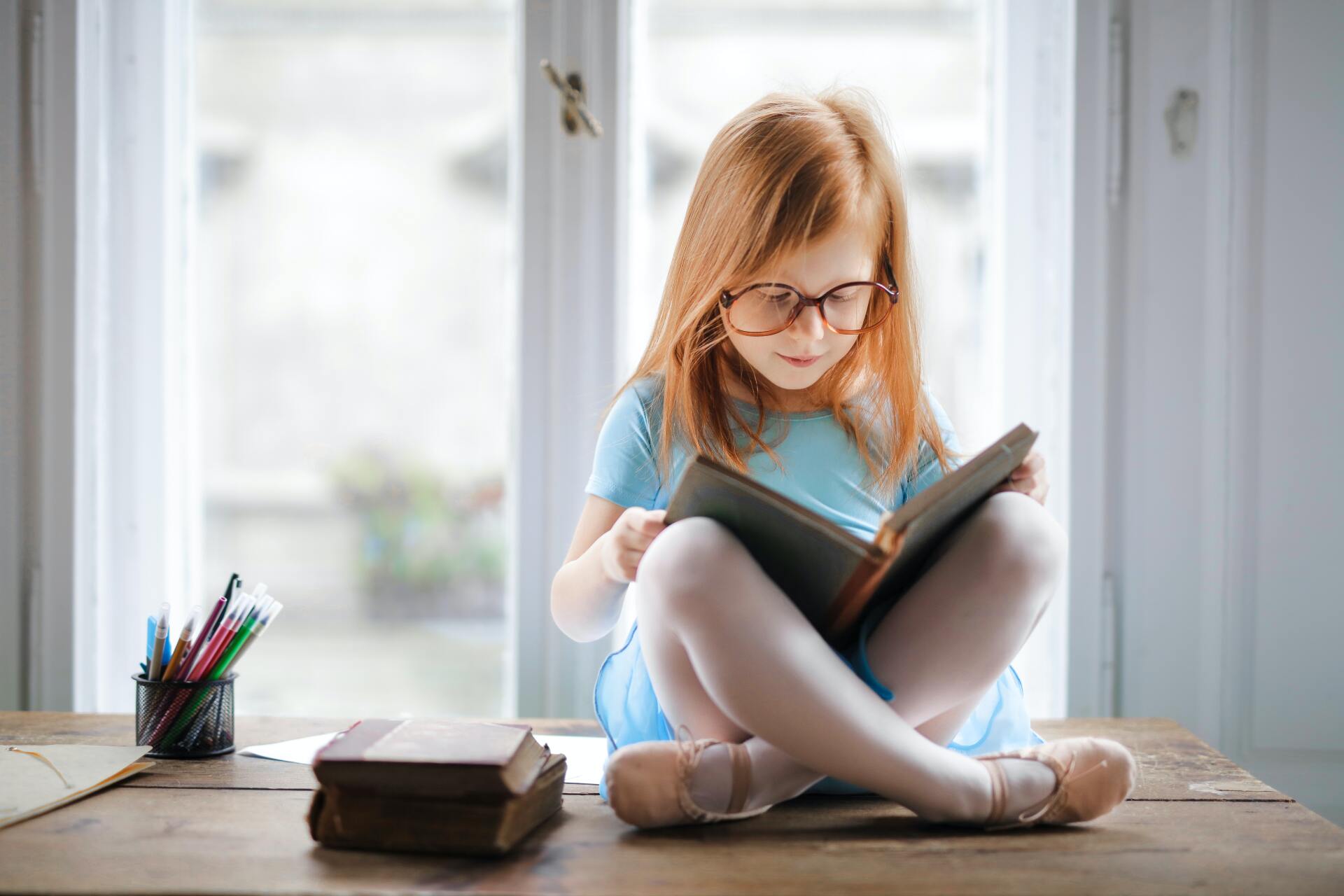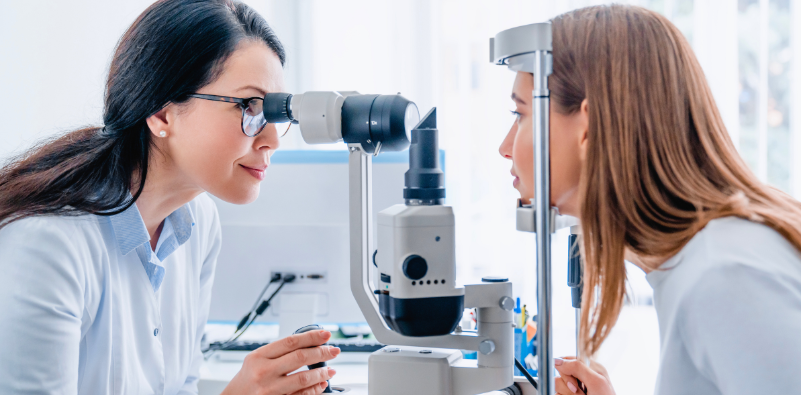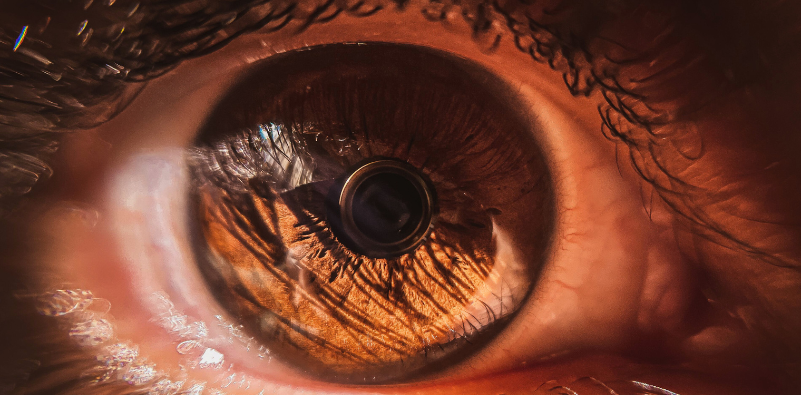How to Monitor Your Child’s Vision Development

As a parent, most aspects of your child’s development are straightforward to monitor, such as their weight, height, mobility and speech milestones. Two other very important areas of health; hearing and vision are harder for parents to monitor without professional expertise.
Because young children are less able to communicate that they have any visual difficulties, identifying issues is much more difficult. Even as children get older and can communicate clearly, they may not realise they are struggling with their vision as they have never experienced having a better quality of vision.
Monitoring children’s vision development
Children’s eyes develop at a fast rate with vision getting stronger every year and their ability to focus improves, along with tracking and depth perception. Parents can monitor eye development by looking for the typical visual milestones, including:
Aged 3/4
By this age, children should have developed a good level of hand-eye coordination and fine motor skills. This would be demonstrated when doing activities such as completing puzzles, building Lego blocks, using cutlery to feed themselves etc. They should also be able to use their visual memory to copy a shape such as a triangle.
Aged 4-6
At school age children usually start to recite the alphabet and recognise letters. Reading skills will be developing, with a large dependency on convergence which is where eyes move together to follow the letters.
It is important to note that all children develop at different rates but monitoring these milestones will help to raise any issues with an optician. Other indicators that your child’s eyes may not be developing at the average rate or that there is a visual problem include squinting, head tilting and blinking. If your child seems to not enjoy reading and tries to avoid it, this could be another sign that they are struggling visually.
What are the common vision problems in children?
Both farsightedness (close objects are blurry) and near-sightedness (distant objects are blurry) are fairly common in children. Astigmatism is another common vision problem in children, with both near and far vision being blurry.
These three eye conditions are known as refractive errors, and they can vary in severity. It is important that children with refractive errors see an optician so that the correct prescription of glasses can be provided. When these issues are left unnoticed, it can have a significant impact on a child’s development at school, as their vision problems will hold them back.
How to support your child’s vision development
There are lots of ways that you can help to support your child’s vision development, including monitoring the milestones listed above. You can also help to improve your child’s vision skills by doing activities that use hand-eye coordination, such as drawing, painting, playing catch, threading beads on a string etc.
Research shows that children who spend more time outdoors have a lower risk of developing myopia and limiting screen time can also reduce the chance of developing myopia.
If you have any concerns about your child’s eye development, you should book to see an optician as soon as possible. When children’s eyes are developing, regular eye tests are vital to identify issues as early as possible.
Our family-friendly opticians at Harrold Opticians make sure that little ones feel completely at ease when having an eye test, so we can ensure your child sees the world around them just how it should be. Eye tests for children under 16 are free with the NHS, so book your appointment today.











